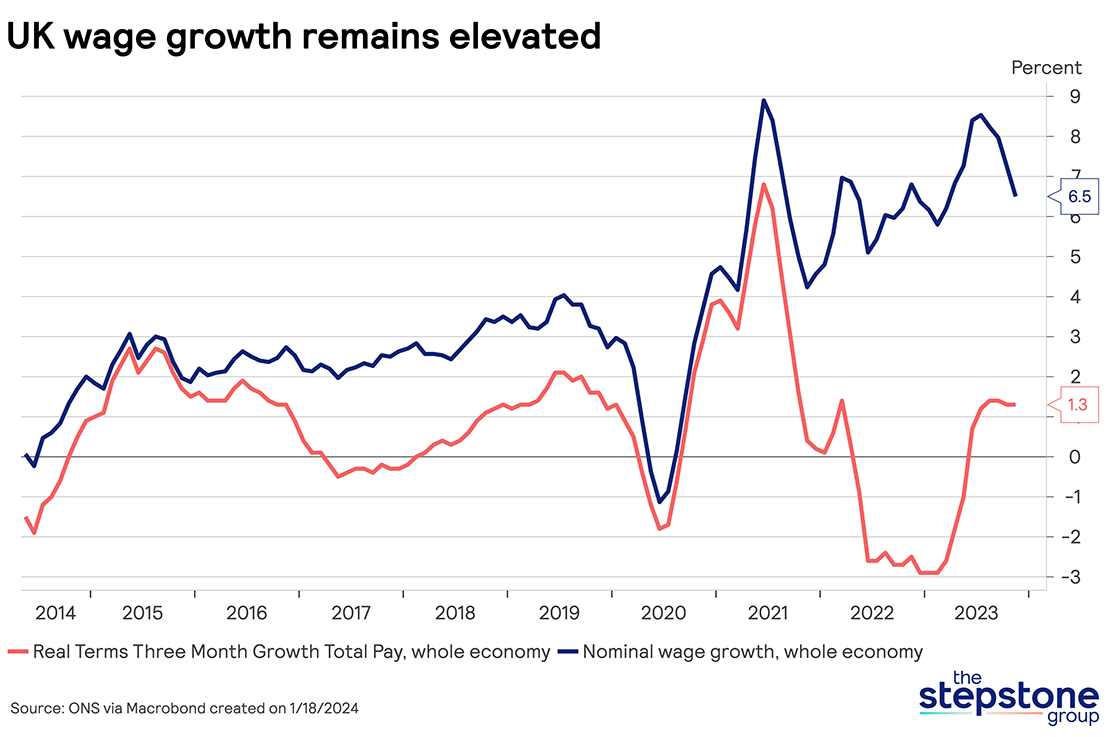Key insights
- According to HR decision-makers in the UK, the number one challenge for the year ahead is staying on top of operating costs.
- At the same time, the dynamics of the current job market reveal a challenge for businesses as wages continue to rise.
- Cutting salaries may offer short-term relief, but for long-term success companies must recognize the paramount importance of an appealing salary in retaining top talent.
Presently, HR decision-makers find themselves grappling with formidable challenges. According to the latest Totaljobs Hiring Trends Index, a quarterly survey of 1,012 HR decision-makers in the UK, the foremost concern for this year is effectively managing operating costs, as highlighted by over a third of respondents. Following closely are challenges related to meeting candidate salary expectations (30%), addressing skills shortages, retaining staff (both at 29%), and filling vacancies (21%).
Over the past year, inflation has precipitated a surge in operating costs, posing a particular threat to the financial stability of smaller businesses. Even with the ascent of remote work, prime office rents in the UK are escalating. Notably, even industry giants are opting to shutter office spaces, incurring substantial costs to terminate leases. Some businesses have been compelled to raise prices to counter the heightened cost of operations while concurrently implementing cost-cutting measures.
However, implementing cost-cutting measures, such as freezing salaries, becomes challenging when wages are on an upward trajectory. Nominal wages (including bonuses) in the United Kingdom experienced an approximate growth of 6.5% in November 2023. Furthermore, even when adjusted for inflation, real wage growth stood at 1.3%, surpassing the rate of inflation. Companies opting not to adjust salaries may achieve short-term cost reductions, but in the long run, they risk compromising both competitiveness and employee retention.

According to the Hiring Trends Index, the predominant factor driving staff resignations in Q4 2023 was the attraction of higher salaries elsewhere (29%). Despite the job market no longer being as tight as it was a year ago, vacancies persist above pre-pandemic levels, and the count of payrolled employees has reached an all-time high. This leaves employees in an advantageous position.

What does this mean for recruiters?
Navigating the current business landscape poses a considerable challenge for many companies in the UK. While the notion of reducing salaries may appear as a straightforward cost-saving measure, the dynamics of the present job market tell a different story. Wages are on an upward trajectory, and employees, armed with ample opportunities, are inclined to swiftly transition to alternative employers.
In this scenario, strategically investing in retention becomes imperative to retain top talent. Our ongoing research emphasizes that an appealing salary stands out as a paramount factor. Employers with the capacity to provide top-tier salaries should undoubtedly prioritize transparency on this matter. Furthermore, our research on salary transparency underscores that candidates appreciate transparent companies as it empowers them to make informed decisions.
Indeed, the current circumstances pose challenges, but companies must ensure that salaries are commensurate. In the grand scheme of things, the investment in elevating wages is foreseen to be more economically advantageous than the resource-intensive recruitment processes necessitated by changing employees.
New research soon
Find out more about salary transparency and our respective study shortly here.